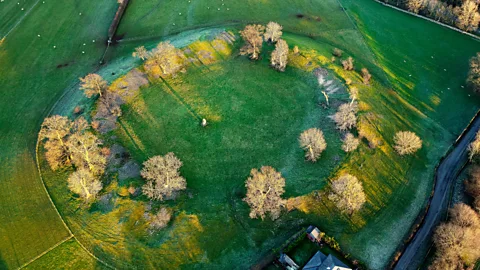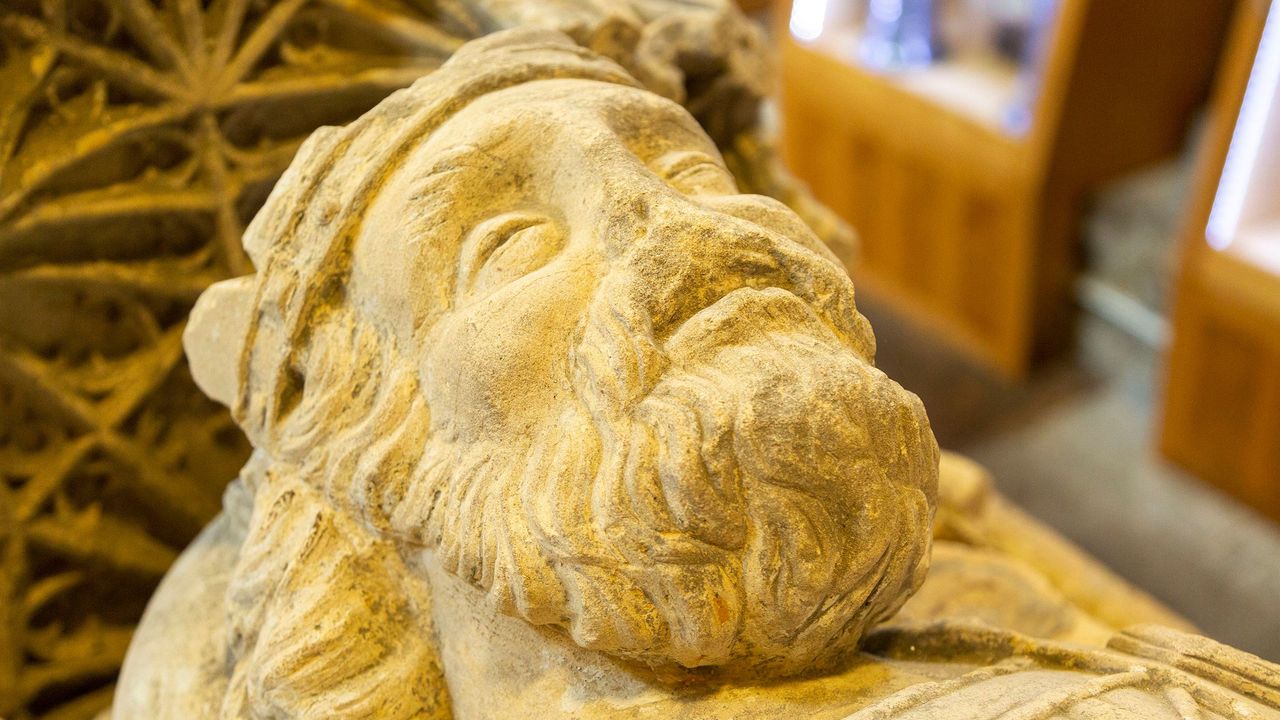How England misplaced its first king
Æthelstan: England’s Forgotten First King
In his own time, the first king of England was celebrated across Europe. Yet over the centuries, Æthelstan has slipped quietly into the margins of history.
It has been 1,100 years since his coronation, and despite his remarkable achievements, Æthelstan remains an oddly shadowy figure. While his name may not be widely remembered, the kingdom he built—and the traditions he established—still shape England today. (For the record, the “Æ” is pronounced like the “a” in cat.)
Æthelstan not only united rival kingdoms into what became England, but also forged strong ties with Europe and ruled over a realm of striking cultural variety. He even set enduring royal trends, becoming the first English monarch to wear a crown.
And yet, after his death, Æthelstan’s reputation was eclipsed by that of his grandfather, Alfred the Great. Later generations searching for England’s “origin story”—from the Elizabethans to the Victorians—sidelined Æthelstan, leaving him as little more than a historical footnote.
But as historian David Woodman of Cambridge University argues in a new biography, it is time to remember him. The anniversary of his coronation this September offers an opportunity to reflect on a reign that reshaped the British Isles and challenges long-held myths about England’s beginnings.

Who Was Æthelstan?
Born around 894 AD, Æthelstan was the grandson of Alfred the Great, the famous king who defeated the Vikings and extended Wessex’s power into Mercia. His father, Edward the Elder, continued Alfred’s conquests, pushing English rule up to the River Humber.
When Edward died in 924, Æthelstan inherited the throne—though briefly sharing power with his half-brother, Ælfweard, who died within weeks. By 925, Æthelstan stood as sole ruler of the Anglo-Saxons.
Through strategy, diplomacy, and military might, he soon consolidated control over Northumbria, Wessex, and Mercia, becoming the first monarch to rule a united England. His victory at the Battle of Brunanburh in 937—against an alliance of Vikings, Scots, and Strathclyde Welsh—cemented his status as the defender of this new realm.
A Cosmopolitan Kingdom
Æthelstan’s England was far from the isolated, homogeneous land it is sometimes imagined to be. His court was multilingual and outward-looking, hosting leaders and scholars from across Europe. He married his sisters into European royal houses, welcomed continental visitors, and oversaw assemblies where Latin, Old Norse, Old Welsh, and Old English might all be spoken.
This was a kingdom of many identities, bound together by Æthelstan’s vision and authority. His reign helped establish the machinery of centralized government, laying the foundations for what royal power in England would later become.
Death and Legacy
Æthelstan died in 939, and his carefully unified kingdom fractured. Northumbria briefly broke away, showing how much of his achievement had relied on his personal leadership. Yet the model he created endured: by 954, England was again whole, never to be divided permanently.
Why, then, is Æthelstan so little remembered? Unlike Alfred, he lacked a contemporary biographer. The rich storytelling that immortalized his grandfather never existed for him—perhaps it was never written, or perhaps it was simply lost. What survives are official records, charters, and glimpses of his image, but not the vivid personal portrait that history loves.
Still, traces of Æthelstan’s influence remain powerful. The rituals of King Charles III’s coronation in 2023 echoed ceremonies first performed for Æthelstan 1,100 years earlier. His manuscript portrait—the earliest of any English monarch—depicts him crowned and reverent before St Cuthbert, symbolizing both his piety and authority.

The First English King
Æthelstan was more than just a conqueror. He was a careful statesman, a shaper of royal ceremony, and a king who understood the power of image. He was also, as historians now increasingly argue, the true architect of England.
Though history long overlooked him, his reign still marks the moment when disparate kingdoms became a single nation. To remember Æthelstan is to remember the beginning of England itself.




